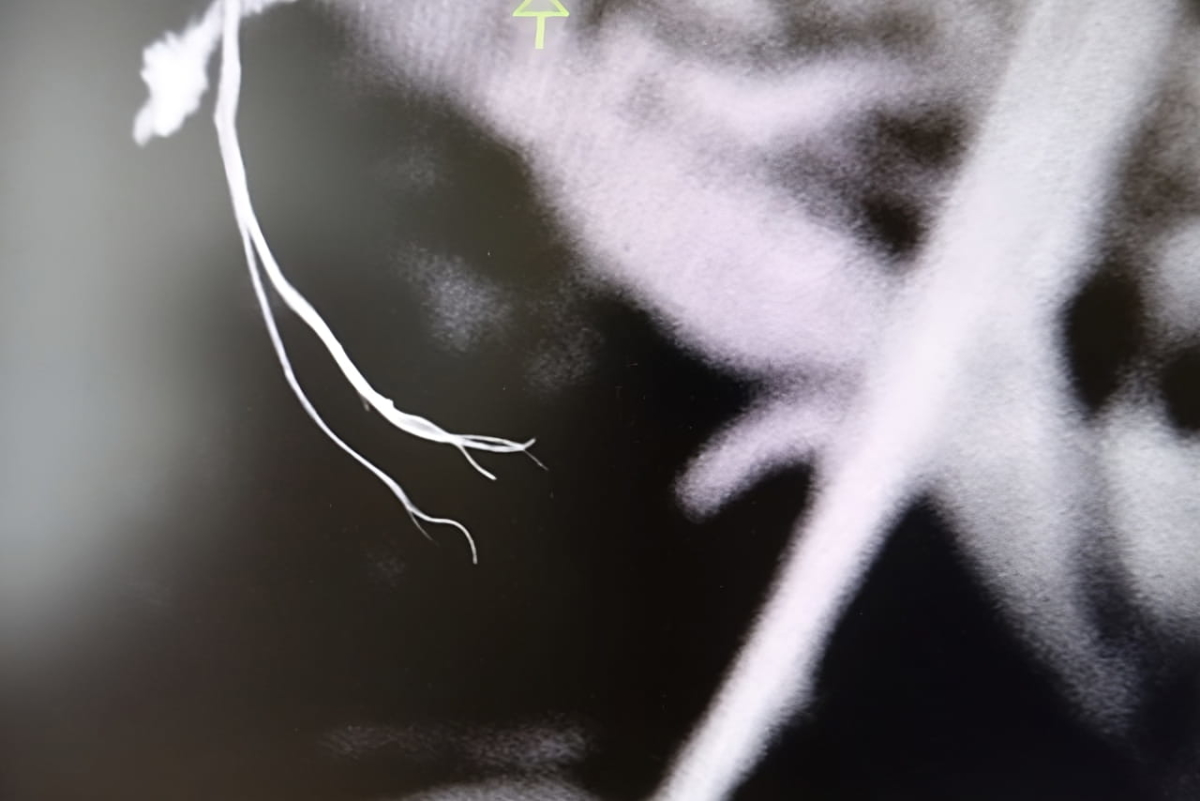A specific focus on this marginalia is the audiovisual research Toxic Leftovers of Collecting. It accompanies and analyzes cleaning and transformation processes of contaminated materials. The aim is to give insights into those relational contexts of more-than-human ecologies and their tracings, as well as to planetary conditions regarding toxins ultimately accumulated in landfills.
As a case study the audiovisual research on cleaning processes of asbestos-contaminated vintage cars belonging to the collection of a Swiss foundation outlines the field of tension in which collecting activities are fundamentally situated today, especially in the case of toxicity of collection items: a balancing act between preservation and elimination, between restoration, remediation and disposal. It means a deepened examination of dangers caused by pollutants such as asbestos, arsenic, lindane or heavy metals, which are built into objects due to their properties or were used for conservation purposes.
Partners
Stiftung für Kunst, Kultur und Geschichte SKKG
Excellence Cluster Matters of Activity, Research Project Object Space Agency, Humboldt University Berlin
